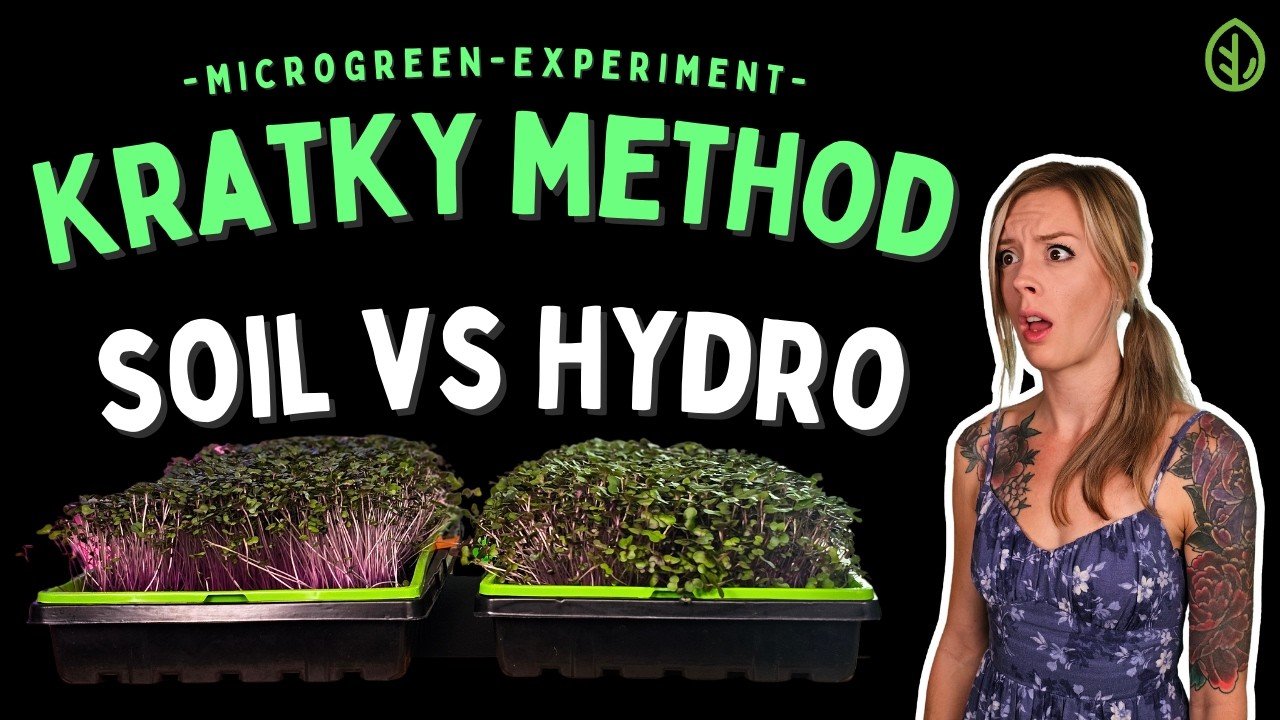Finding My Green Thumb (With a Twist)
It’s funny how a simple thought can spiral into a full-blown project. I was sitting on my porch one sunny afternoon, sipping a cup of that big-brand coffee, and I had this eureka moment. “What if I could grow vegetables in my backyard, but without all that dirt?” This little concept danced in my head, spinning into something wilder. I was going to build an aquaponics system.
Now, I’d never been one to shy away from projects. Our garage was home to more half-finished woodworking endeavors than I’d like to admit, but this was different. I’d seen videos, read a few articles, and was thoroughly convinced I was going to nail it. The backdrop of small-town life in my head — it was picturesque, with neighbors peeking over fences, their eyebrows raised in curiosity.
The Materials Hunt
The next day, I decided to rummage around the garage for materials. It felt like an episode of a DIY show, minus the glamorous production. I found an old plastic storage tub, probably left behind during one of my daughter’s college moves, and a few wooden pallets that had seen better days. "This will do," I thought. I didn’t have a clue that this was just the tip of the iceberg.
I headed down to the local pet store because you can’t have aquaponics without fish, right? I ended up picking out some tilapia. The clerk assured me they were hardy fish. Foolish optimism surged through me as I made my way back home. You’d think I was bringing home a new puppy instead of a few fish.
Setting It Up
After a couple of days of watching videos and pretending to understand pH levels, I slapped together the system. There I was, attaching a little pump I found at the hardware store, shoes covered in dirt, and a bewildered look on my face as the water splashed everywhere.
As soon as I plugged the pump in, my heart raced. Moments felt like eternity as I waited to see if everything would work — DIY magic, right? The pump gurgled to life, and I watched the water circulate like it was the fountain of youth. But the flow of excitement soon drained away when I noticed that the water started turning a murky shade of green after just a week.
The Fish Are Not Okay
Where was the “underwater utopia” I envisioned? Instead, I was met with a robust growth of algae that made the water smell… well, less than ideal. "Oh great," I thought, "not only do I have no vegetables, but my fish are living in a swamp.” I almost gave up right there. I didn’t sign up for fish funerals.
A few fish did indeed meet their untimely end, and the guilt settled deep in my gut. Was it overfeeding them? My daughter stood there, wide-eyed, after the first little tilt of a floating fish, and I couldn’t bear to look her in the eye. "They belong in a smart system, not in my garage," I grumbled.
Trial and Error
After a few more mistakes, like forgetting to add the right nutrients (who knew plants needed more than just water?), I reluctantly decided to shift gears. Instead of imagining a perfect world of tomato plants and fresh fish, I focused on making it work. I added a couple of water lilies — the ones I had seen in a neighbor’s pond. They looked pretty, I thought, and maybe they’d keep the water clearer.
Slowly but surely, things began to change. The water started to clear up a bit, and the fish that remained seemed to settle in. I planted some lettuce seeds in net pots, convinced it would only take a few weeks to transform my backyard into an Eden. I even let out a sigh of relief as I noticed tiny roots stretching out into the water. “I’m a gardening guru,” I chuckled to myself.
The Messy Beauty of Imperfection
One day, as I sat on the porch watching the sun set with a glass of iced tea, I found myself smiling at the quirky setup. Sure, it was a bit ridiculous — a mismatched collection of old containers, a half-baked pump system, algae, and a few surviving tilapia that I had grown weirdly attached to. But as I glanced at the tiny plants poking through, I couldn’t help but feel a sense of accomplishment.
Amid the chaos, I learned a few things: patience, adjustments, and problem-solving. In the small-town vibe where everyone knows each other’s business, I could feel my little project starting conversations. Neighbors would wander over, intrigued by the thought of growing food without soil.
The Takeaway
So here’s the thing: if you’re thinking about diving into something unusual, go for it! You might mess it up — I certainly did — but every misstep is just a part of the experience. Remember, you don’t have to prove anything to anyone but yourself. My advice? Don’t worry about getting it perfect. Just start. You’ll figure it out as you go.
And if you’re interested in learning more about aquaponics and gardening, join the next session! You never know where your curious spirit might lead you.






Leave a Reply